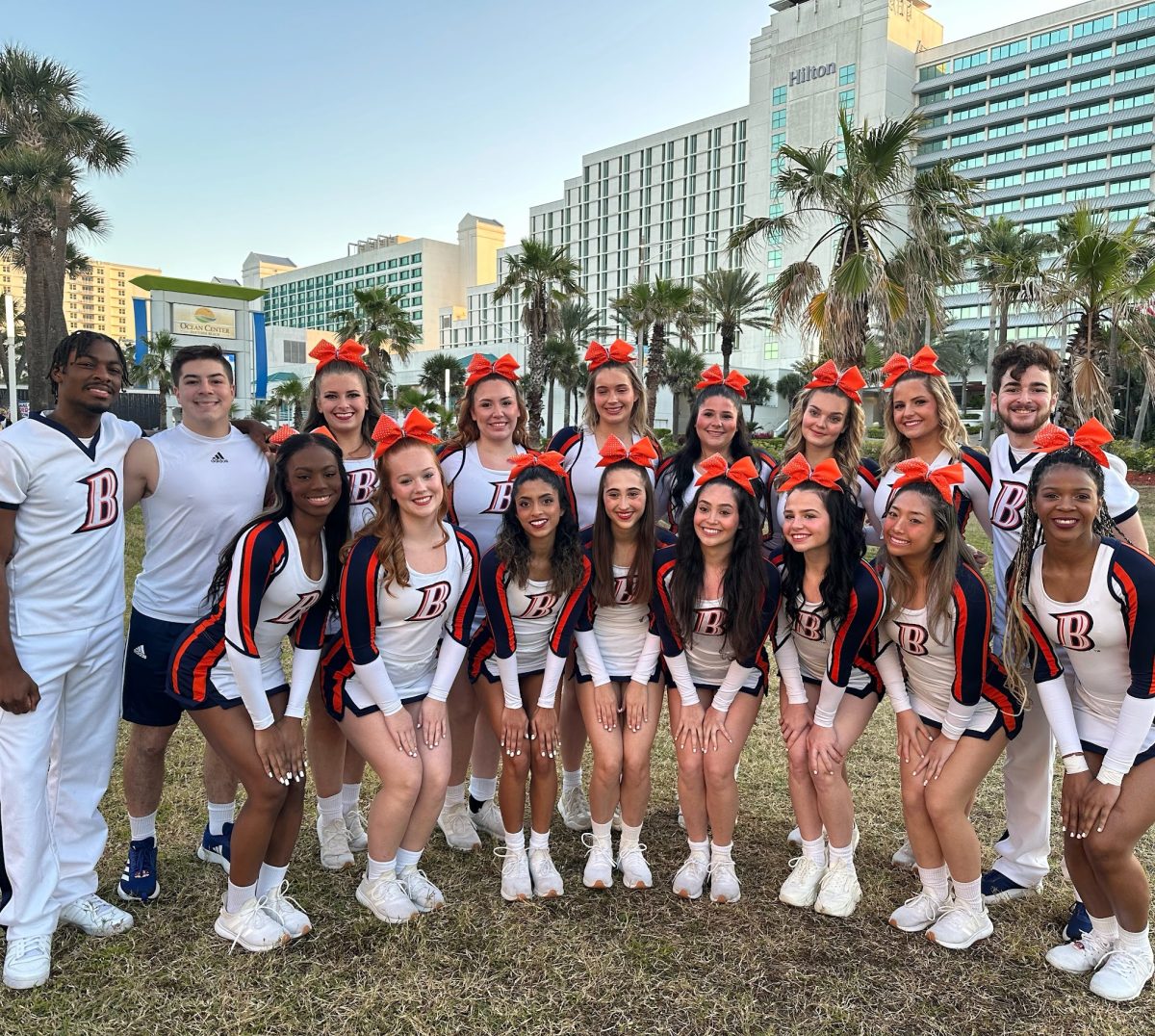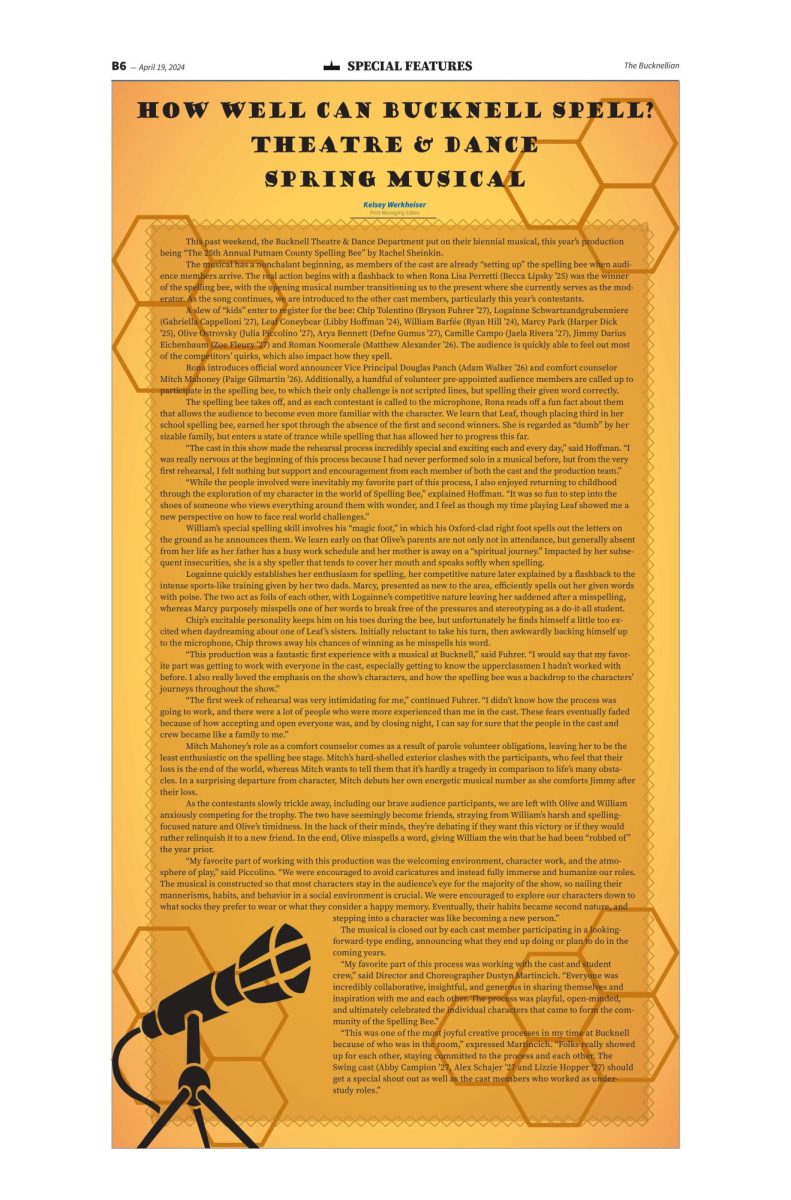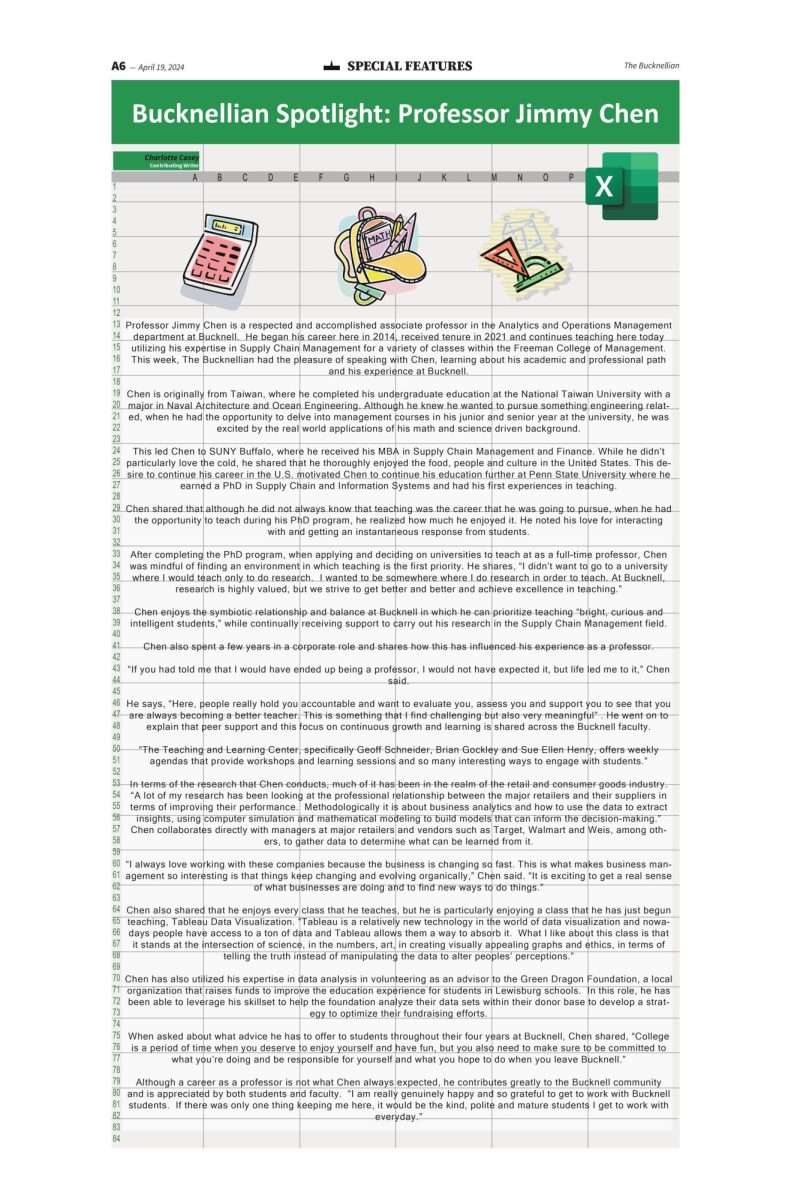The Hawkeye/Granite State of Mind
September 10, 2015
From Aug. 13-23, presidential candidates flocked to Des Moines, Iowa for the Iowa State Fair, an 11-day event celebrating the Hawkeye State with concerts, games, and of course, politics. Candidates recited their stump speech atop bales of hay and took turns posing in front of the 600 pound life-size sculpture of a cow. It wasn’t the fried peanut butter and jelly on a stick that drew the candidates to the fair, but the fact that Iowa is the first-in-the-nation caucus state, meaning it hosts its election event before any other state. Iowa tests the viability of candidates and their campaigns. A win in Iowa greatly increases candidate name identification and can propel a candidate’s standing in the national polls, as it did for John Kerry in 2004 and John McCain in 2008. Similarly, a poor showing in Iowa can spell doom for a candidate (Hillary Clinton circa 2008).
Following the Iowa caucuses on the primary schedule is the state of New Hampshire. You certainly do not have to remind Jeb Bush, Donald Trump, Carly Fiorina or the other 14 Republican candidates of the intense pressure to perform in New Hampshire. Only twice in almost 50 years has a Republican candidate been able to secure the nomination without the support of the Granite State. Iowa and New Hampshire hold the keys to the nomination. Candidates know this. It is therefore no surprise that the two states will stand at the center of the political world in anticipation of primary season early next year.
So, what exactly is the problem with certain states kicking off the primary schedule? There isn’t, really. So long as the states reflect the demographic makeup of the United States and represent the concerns and sentiment of the average American. Herein lies the problem with Iowa and New Hampshire.
Neither state comes close to representing the American electorate. According to the most recent census, the United States is 62.6 percent white, 13.2 percent black, and 17.1 percent Hispanic. Iowa and New Hampshire have a serious homogeneity problem. Iowa is 87.6 percent white, 3.3 percent black, and 5.5 percent Hispanic. New Hampshire is even more homogenous: 91.6 percent white, 1.5 percent black, and 3.2 percent Hispanic. Minority voices and issues are seldom raised by candidates because, sadly, the minority vote rarely swings an election in Iowa or New Hampshire. If two states are given such power in the presidential election process, shouldn’t those states have legitimate minority populations equivalent to those on a national scale?
Let’s look again at Iowa. It is small, white, largely rural, and has an economy fueled by its agriculture industry. This has a profound impact on how presidential candidates strategize. Take Chris Christie. Late last year, Christie, New Jersey governor and candidate for the GOP nomination, chose to veto a bipartisan bill that would make it illegal for New Jersey farmers to keep pigs in gestation crates—those horribly small, torturous cages that farmers use to cram as many pigs as possible under one roof. Although the legislation was supported by roughly 93 percent of the New Jersey electorate, according to the New York Times, Christie chose to veto. Why? His Hawkeye state of mind.
Iowa is the leading pork producing state in the country. It is home to roughly 20 million pigs. New Jersey has 9,000. This case is simple. Vetoing the bipartisan piece of legislation and abandoning his commitment to the people of New Jersey equals more votes in Iowa come February 2016.
It’s not just me and the 9,000 pigs in New Jersey that question the influence that Iowa and New Hampshire have on the presidential election process. Just ask current Republican presidential candidate Marco Rubio. In his book, “100 Innovative Ideas for Florida’s Future,” Rubio writes, “Currently, a small, non-diverse group of citizens (the voters of Iowa and New Hampshire) have a disproportionate impact on the nomination of presidential candidates … The only way to change the status quo is to force candidates to be tested by more diverse populations and to address a wider range of issues.”


























